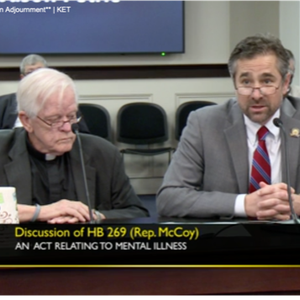In the most comprehensive examination of a statute in the history of the New York State Legislature, state lawmakers released a report highlighting the testimony of 170 witnesses at five statewide hearings on the state’s death penalty law. The report, issued by Assembly Speaker Sheldon Silver along with the Chairs of the Committees on Codes, the Judiciary and Correction, is a thorough examination of the statute and its troubled history.
“We have spent more than $170 million administering the death penalty since 1995, but not a single person has been executed during that time,” said Joseph Lentol, Chair of the Committee on Codes, who also noted that only seven persons had been sentenced to death and that the first four of these sentences to reach the Court of Appeals had been struck down on various grounds. He continued, “These facts obviously cried out for a thorough examination of whether the death penalty should be re-enacted in New York.”
Helene Weinstein, Chair of the Judiciary Committee, noted that testimony heard during the hearings revealed that much of the legal landscape surrounding the death penalty had changed in the years since New York re-enacted its statute, including a series of overturned wrongful convictions and the development of investigation technologies such as DNA. “During our hearings, we heard testimony from a number of persons who had been wrongfully convicted of murder and, in some cases, placed on death row before being exonerated. The criminal justice system makes mistakes, but when the death penalty is applied, those mistakes can never be corrected,” she said.
Jeffrion Aubry, Chair of the Committee on Correction, said that the most compelling testimony came from victims’ family members. He stated, “Persons who had suffered inconceivable loss opened their hearts and told us what they thought was the most appropriate way to bring the killers of their loved ones to justice. These courageous individuals presented varied views on capital punishment. We heard their stories and have presented their views in this landmark report.”
(Press Release, New York State Assembly, “Assembly Releases Death Penalty Report,” April 4, 2005). Read the Press Release. Read the Complete Report. See also DPIC’s Web Page on People v. LaValle.
Recent Legislative Activity
Dec 13, 2023

After Five-Year Execution Pause, Ohio Leaders Question Value of Death Penalty
Recent Legislative Activity
Nov 07, 2023

Pennsylvania House Committee Passes Death Penalty Repeal Bill
Recent Legislative Activity
Nov 02, 2023
